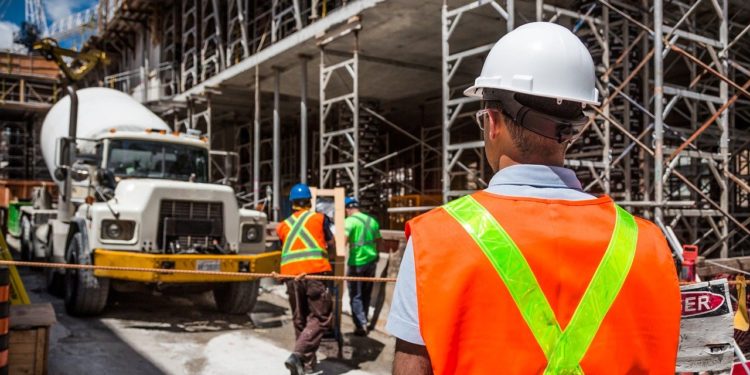Construction sites use heavy equipment and hazardous materials all the time.
Unfortunately, accidents happen in construction, and heavy equipment is often the culprit. Everyone on-site needs to be prepared for the risks on site with appropriate PPE and adequate training.
The equipment used on site depends on the project, materials and time frame. Heavy equipment is often operated around people walking around and working with handheld tools.
They might be moving equipment to another area or hanging out on-site for their break. Heavy machines can roll over and crush workers or accidentally swing equipment and hit others on site. When an operator makes a mistake with a piece of heavy equipment, the consequences can be catastrophic.
Health and safety should be absolutely paramount on construction sites. Operators need to be fully trained in using machinery safely and effectively. In fact, everyone on site should be aware of the hazards around them and how to avoid them. Construction workers should have appropriate footwear, alongside other PPE.
Let’s take a closer look at some of the dangers of working with heavy equipment.
Struck by moving equipment
The moving piece of machinery could strike a pedestrian or fellow construction worker. For example, an operator could be driving the machinery to another location and fail to see a pedestrian walking out on the road. The machine hits the pedestrian and instantly causes injury.
Heavy machinery can be difficult to drive, and it takes an enormous amount of skill to pull off different manoeuvres. There should be separate lanes for machinery on and around construction sites. These lanes should be marked with a raised wall to stop pedestrians from wandering into them.
Crushed between equipment and other objects
The weight and power of heavy equipment should not be underestimated. Everyone on site should behave cautiously around machinery. They need to be alert and ready to move out of the way when necessary.
Poor visibility at night or in foggy conditions can drastically increase the risk of accidents involving heavy equipment. Every person on site, including visitors, need to wear high-visibility clothing at all times. It’s much easier to see someone in a neon jacket with reflective panels.
Subjected to electrical contact while operating a vehicle
Machine guards are there for a reason. They cover potentially dangerous parts of the machine and protect workers from a number of risks. Some workers remove these guards so they can operate the machine more efficiently.
If you notice a piece of machinery doesn’t have guards in place, inform your manager as soon as possible. Someone may have removed them and forgotten to reattach them.
Struck by an inadequately secured load while being lifted or moved
As a general rule, heavy loads should stay as close to the ground as possible. It should be loaded evenly and securely to prevent the vehicle from tipping over.
Do not overload the machine and offset the weight balance. You should never go underneath the machine and try to secure a load from a different angle. The machine could move, and you will be stuck underneath.
Struck or crushed by equipment tipping over
It’s surprising how many machines tip over on construction sites. If the operator drives too quickly, the load could move and make the machine rollover. Once the operator loses control of the vehicle, pedestrians are at risk of injury as well.
All machine operators should be fully trained and aware of the hazards.
David Prior
David Prior is the editor of Today News, responsible for the overall editorial strategy. He is an NCTJ-qualified journalist with over 20 years’ experience, and is also editor of the award-winning hyperlocal news title Altrincham Today. His LinkedIn profile is here.











































































